Review: No Quiet Place @ The Tetley
May 16, 2016
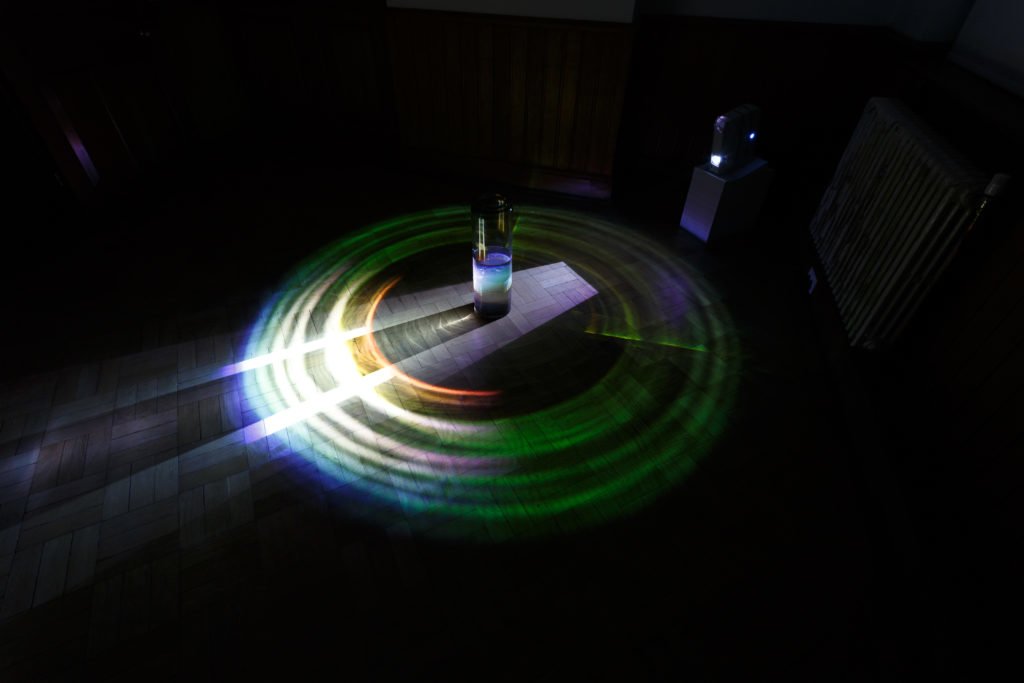
Akeelah Bertram, Vase, 2012. Photograph Jules Lister
As we exist in a world where silence is a rare virtue, and our environment is built upon a foundation of layers of constant sound, it’s often hard to tune in – or equally, zone out – and focus. No Quiet Place presents a series of artworks and installations exploring the potential and beauty of sound when harnessed and used with purpose, the visual and sonic space sound can inhabit and the ways in which sound can manifest itself. No Quiet Place asks us to stop, take a moment and listen.
The work of Lawrence Abu Hamdan sets the exhibition off to a thought provoking start. In ‘The All Hearing’, Hamdan addresses and documents the issue of sound pollution, focusing on Cairo – the third most sound polluted area in the world- alongside a religious sermon discussing the politics of listening. The piece addresses the differences in the meaning and reception of sound, and how it could be described as healing or harmful, depending on the context of it. For example, prayer is seen as a healing sound, and speech the gift we have to ‘translate the musings of our heart’. Considering sound as a sign of respect, the 12 minute video portrays how we pollute each other’s hearing with ‘shameful sounds’, perhaps shouting, arguing and talking over one another. An idea is suggested that the higher the sound, the more noise we make, the less respect we show, to our environment and each other.
Contrasting the audio visual medium of ‘The All Hearing’, Hamdan’s ‘A Conversation with an Unemployed’ is a series of stunning images; magnified and microscopic scans of an old cassette tape. Examining the pattern and more physical existence sound can take, this piece gives a visual identity to the layers of recorded sound that have graced the cassette tape. As new sounds are recorded, the imprint of the previous one creates a different sort of language through mark, pattern and texture.
Galleries 1, 2 and 3 present works existing largely in the sonic world, using language and conversation as the basis of each piece. ‘It’s Stone Hitting Stone’, by Clare Charnley and Patricia Azevedo, is a humorous recording of a group of Portugese villagers trying to guess and identify sounds from the environment around them. As the sounds are played in the darkened gallery solace of the Tetley, the audience too are influenced to guess what the sounds are, participating in the experiment.
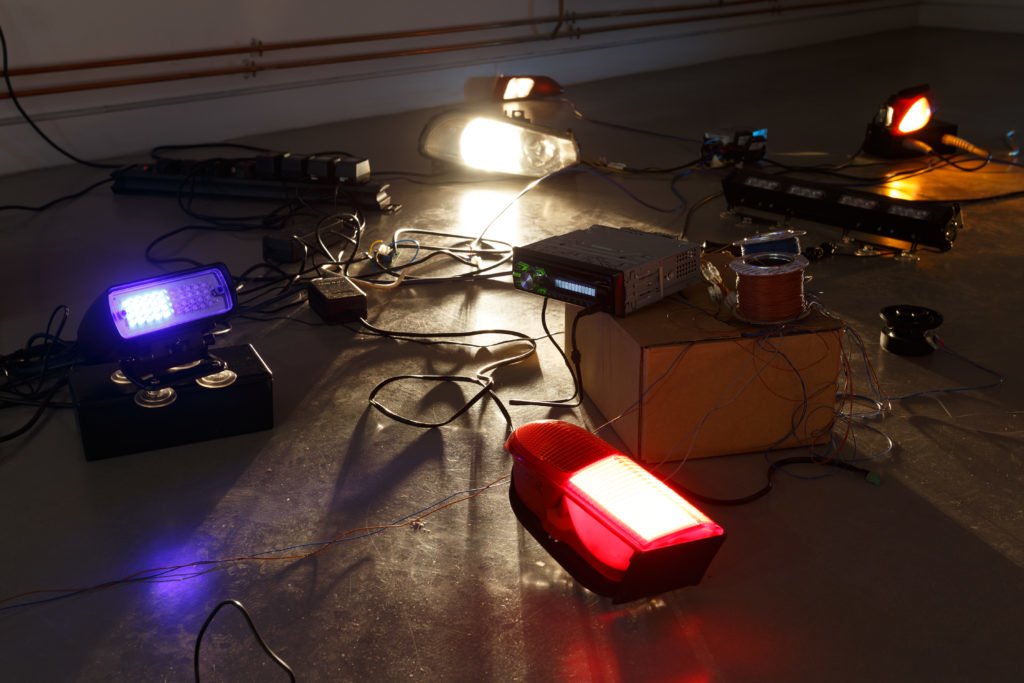
Paul Elliman, Beyond Police Call, 2013. Photograph Jules Lister
Paul Elliman’s ‘beyond police call’ takes sound, sculpture and light to create a fascinating piece made up of a collection of emergency vehicle lights, an investigation into the sirens and alerts made by such vehicles. Slowed down to the pace of an average human heartbeat, the rhythm of light and sound creates a soothing, magnetising chorus.
Inhabiting the serene atrium of the Tetley is the work of Anne Walsh and Chris Kubick; a large scale installation using otherwise unpleasant sounds such as falling bullet shells, skin tearing and blood spilling, isolating each sound and composing instrumental sequences that turn the unpleasant into the beautiful. Accompanied by a screen providing a visual component to the piece, each sound is named, and the file names of the sound are displayed to match the rhythm of the piece. The installation becomes interactive as you try to match the sound to its name.
Using speech as her medium and language as an art form, Hanne Lippard exhibits a trio of works which, whilst only physically existing in a material sense in the form of sets of speakers, metaphorically speaking fill the entire gallery space as she explores the potential of the simple English language. Using a technical understanding of language and linguistic context as her inspiration, Lippard’s pieces examine the movement of sound throughout the gallery space.
The exhibition is drawn to a spectacular end with the immersive, multi sensory installation by Akeelah Bertram entitled ‘Vase’. Video beams are refracted through vases of water, sending iridescent flecks of colour across the walls and floor. A looping soundtrack of glitched sounds accompanies the projection of colours, flashing from pitch black to light, and switching from silent to sound- a rhythmic combination of the natural and the electronic.
The excellent space and acoustics of the Tetley, and the fantastic curation of the exhibition makes No Quiet Place an interesting, at times educational, and experimental journey through the potential of sound, both sonic and visual. The works are thought provoking, and conceptually strong, whilst also being aesthetically pleasing, some even hypnotising. Some ideas explored throughout the works are complex, tying together various elements and technical skills, whilst some use the basic English language in a way which inspires the audience to appreciate sound, and use it to its maximum potential.

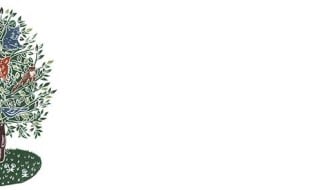
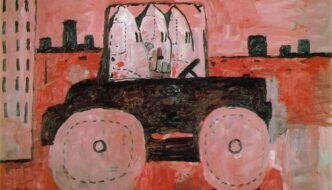
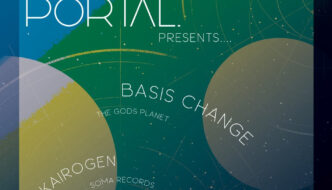
Comments